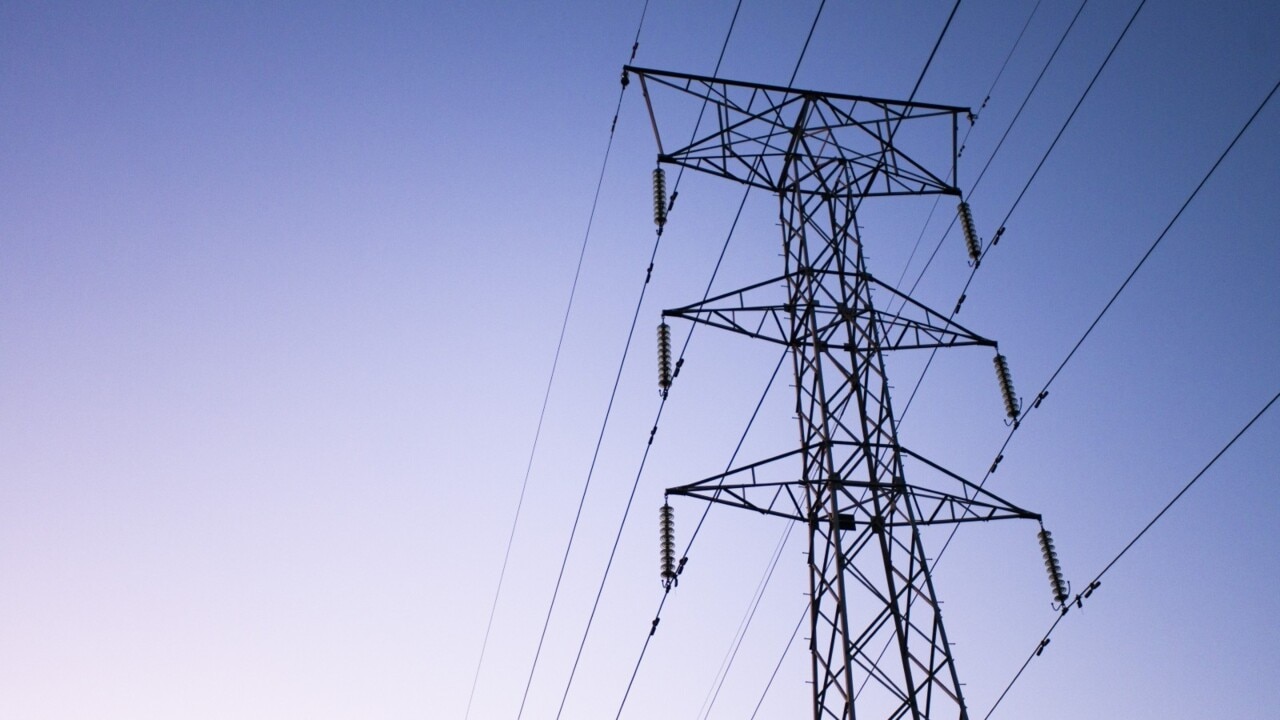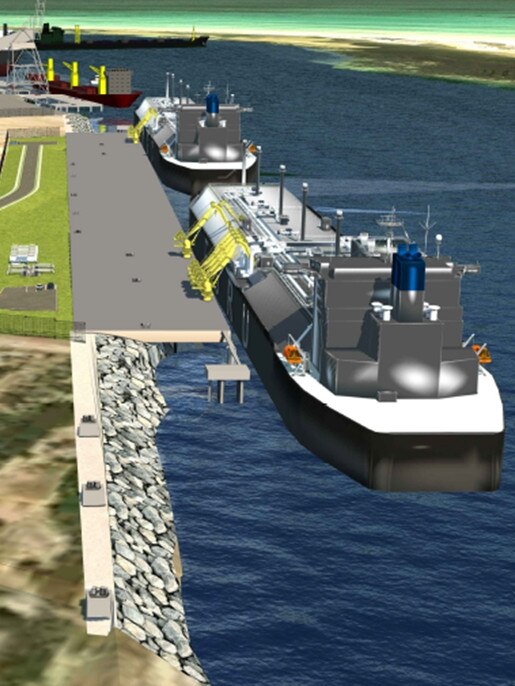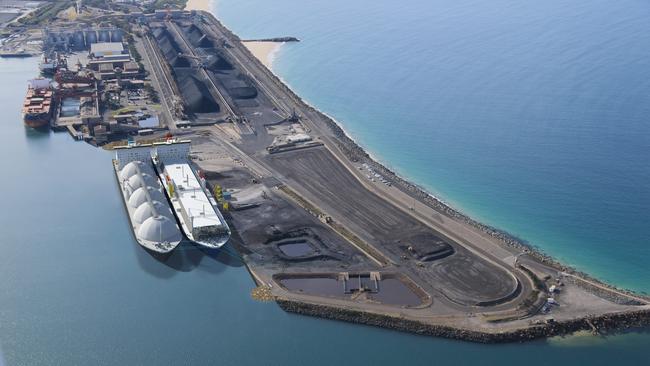LNG import developer AG&P LNG proposes import fix to initially head off gas shortfall
AP&G LNG has approached the SA government with a proposal which could, at least temporarily, stave off a looming gas shortfall on the nation’s eastern seaboard.

AG&P LNG, which is poised to take over an Australian developer working on a LNG import facility in Adelaide, is considering an earlier, temporary fix to the looming gas shortage on country’s eastern seaboard.
AG&P earlier this year agreed to acquire Venice Energy, which has started early-stage work on a LNG import facility at Adelaide’s Outer Harbor. But like other LNG developments, the project has struggled to get customers to commit to using the facility until beyond 2027, despite the Australian Competition and Consumer Commission (ACCC) and the Australian Energy Market Operator (AEMO) both predicting gas supply shortfalls from 2026.
Industry figures said it was likely that Australia’s largest energy companies would have sufficient gas supply agreements to meet their customers’ needs but large users which rely on the spot market or smaller players for contracting would be unable, or unwilling, to sign onto multi-year LNG import contracts.
As a potential solution, The Australian understands AG&P has approached the SA government with a proposal under which it would continue to work on the import terminal but also develop an interim measure whereby the Dubai-based company would contract LNG cargo to be transported to Australia. Once here, it would be unloaded and transported to users via so-called LNG 'iso' tanks.

Such a plan would allow AG&P to bolster supplies quickly as offtake agreements would likely be a much smaller obstacle.
The LNG developer is understood to be seeking to make a final investment decision on the interim measure within weeks.
The proposal is a possible solution to what industry figures say is a looming gas catastrophe.
The ACCC still hasn’t released an outlook for the market, and while government sources insist the report will stop short of a declaring 2025 shortfall, Australia’s industry is nervous.
An shortfall on Australia’s eastern seaboard could curtail heavy industry, limit supplies to residential customers and drive household energy bills higher.
A record number of Australians are struggling to pay their utility bills following the surge in inflation and 13 interest rate rises.
The Australian Energy Regulator will within weeks issue its next annual tariff reset proposal, which the government will want to be lower than the current 12-month period.
But authorities are concerned about peak summer demand. Hot weather typically drives up demand for electricity but a spate of coal-fired power generation plants have had unplanned outages and gas storage levels are already below historical averages.
An unusual draw on gas for electricity generation would leave the country significantly exposed going into winter when Australia’s demand for gas peaks.

AEMO in December said that such a scenario would be potentially dangerous for the nation’s electricity grid, and that supplies would need to be carefully managed for winter.
If gas prices spike in winter, households are unlikely to see immediate price rises – flowing through in tariffs revised in the following year – although manufacturers would be hit hard.
Many large industrial consumers will be on contracts but smaller players are typically more exposed to spot market movements.
Queensland’s LNG industry would come under pressure to release more gas rather than export it, but the pipeline south already runs above capacity during peak periods and there is little prospect of diverting sufficient supplies.
The looming gas shortfall means Australia is increasingly likely to be reliant on imported gas and a growing number of developments have been proposed.
Squadron Energy, owned by billionaire Andrew Forrest, is furthest along, with its NSW development nearly ready.
The Port Kembla Energy Terminal, which completed construction in December, has capacity to supply 500TJ per day.
LNG imports are likely to come from the United States or Qatar, both of whom have committed to aggressive expansion of supplies, in contrast to Australia, where the federal Labor government has been slow to approve new sources of gas.




To join the conversation, please log in. Don't have an account? Register
Join the conversation, you are commenting as Logout